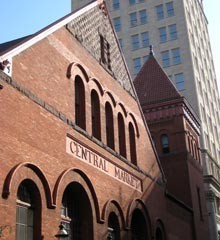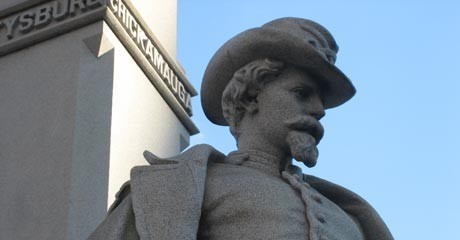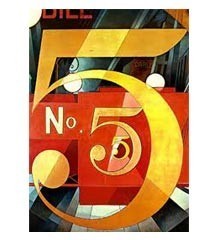The Decorative Arts Flourish
In addition to innovative craftsmen, Lancaster artisans produced furniture and many other well-designed decorative objects for the home as the town grew and prospered. The works often rivaled the best Philadelphia had to offer in quality and design sophistication.
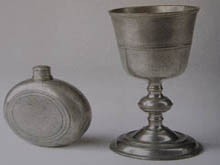
Hi Ho silver
During the late 18th and early 19th centuries, Lancaster was home to many accomplished artisans who worked in silver, pewter, brass, copper, and tin. Those achieving national recognition include Peter Getz—silversmith, Johann Chistoph Heyne – pewterer, and John Frederick Steinman, Sr.—coppersmith. Some artisans, like Heyne, had worked in Philadelphia before making Lancaster his home. The quality of Lancaster silver and pewter rivaled what was available in Philadelphia.
Talented Lancaster metalworkers made a wide variety of objects, both utilitarian and decorative, that exhibited extraordinary accuracy and elegance, including: tea pots, coffee pots, chocolate pots, bowls, kettles, plates, utensils, candlesticks, flagons, chalices, etc. for domestic and ecclesiastical use.
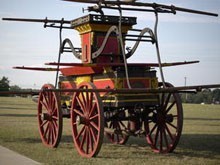
The art of fighting fires
Noted Lancaster clockmaker, Martin Shreiner, gave his business to his sons in 1829, and turned his precision and artistry to the making of fire engines. His most famous, the 1830 Sun Fire Company hand-drawn double pumper, was an engineering marvel and a work of art. The carved sunburst ornament is typical of Shreiner’s unparalleled craftsmanship. He enlisted his friend, prominent portrait artist and coppersmith, Jacob Eichholtz, to create the several brass plates that adorn the engine. The front plate reads “When Duty Calls It Is Ours To Obey”.
The engine used as many as 20 men to operate the pumper – half on the ground and half standing on the equipment. During a demonstration of the new fire engine, Shreiner was able to shoot a stream of water over the top of the steeple on Trinity Lutheran Church, a height of over 200 feet.
Visit –
Lancaster History.org
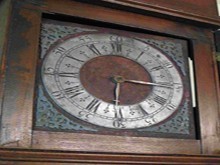
Time for beauty
From 1760 to 1840, Lancaster clockmakers of German decent were making fine tall case clocks for homes throughout the county. They provided the precision works while skilled cabinetmakers provided the cases to meet the needs of an affluent clientele—English and German. Lancaster became an American center for clock making. Among the most famous of the downtown Lancaster clock-making families were the Hoffs, the Shreiners, and the Ebermans.
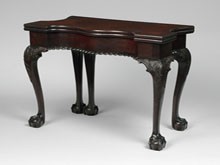
Your wealth and sophistication are showing
Lancaster was the largest and most affluent inland city in the late 18th century and early 19th century. Cabinetmaking as an art form rivaled what was available in urban centers. Furniture was made to order for successful families wanting to show their taste and status as Lancaster transformed from a frontier town into a prosperous and sophisticated community.
1750-1790
While some customers preferred furniture of a more substantial Germanic look and form (tavern tables and schranks), others wanted the elegance and status of fine furniture with distinct English flavor, as found in Philadelphia (high chests of drawers and tea tables). Either way, Lancaster County furniture was well designed and well made. Walnut was often the wood of choice for Queen Anne and Chippendale furniture made by Lancaster joiners and carpenters.
1790-1840
Furniture of the Federal period, often called Hepplewhite and Sheraton, was delicate and classical in look and form (sideboards and piano fortes). Lancaster’s wealthiest trendsetters sometimes bought the best Philadelphia furniture, inspiring local cabinetmakers. Cherry and mahogany wood, along with veneers and inlays, were commonly used. After 1825, the heavier French-inspired Empire style came into vogue, followed by the advent of machine-made Victorian furniture.
